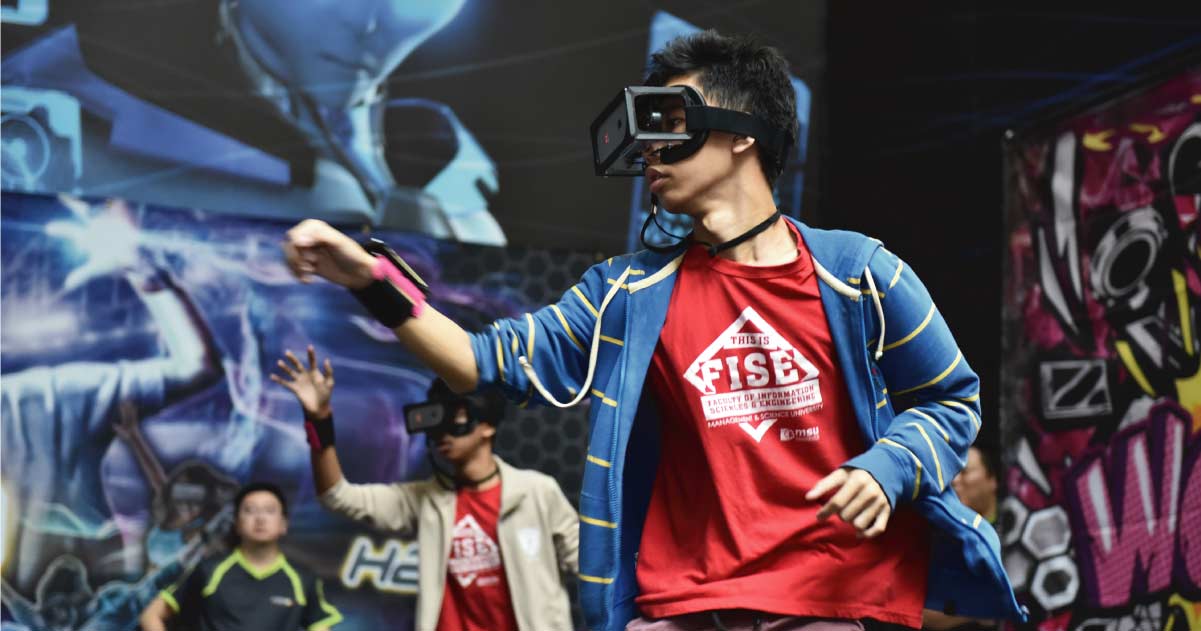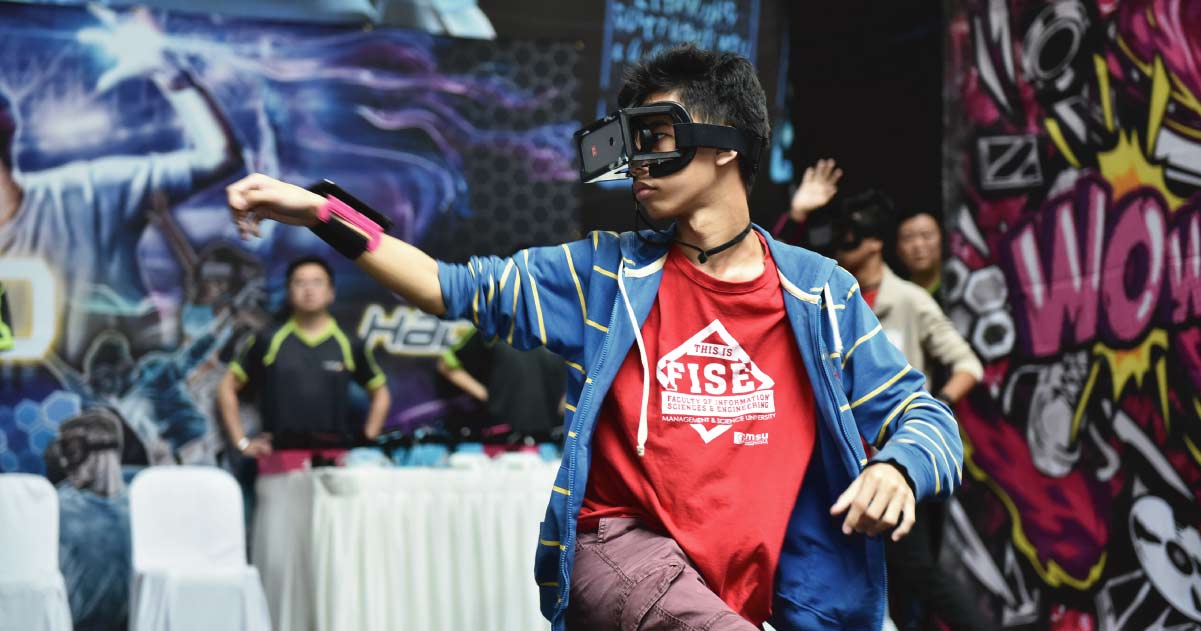

Half the battle in cardiac anatomy anomalies is figuring out the structure of the heart without opening it up.
Open-heart surgery requires stopping the heart and putting the patient on cardiopulmonary bypass. Blood through a bypass machine can invite inflammatory response, damaging organs. Air bubbles can slip into the bloodstream, damaging the brain. Large incisions can scar the heart, and disrupt its rhythm. It takes weeks to months for full recovery, even without complications.
A beating-heart surgery oversteps opening the chest and exposing the heart to infection risks. Whilst it has been done successfully inside an adult heart, surgical operations for heart conditions present at birth (congenital) such as atrial septal defect (ASD) - a hole in the wall that divides the heart’s upper chambers (atria) - can be intricately difficult. The operating surgeons would need fast, highly sophisticated real-time imaging that provides a depth perception.
Though the displays of an ultrasound imaging system are three-dimensional and real time, they provide little indication of depth and plentiful disorientation. It is akin to watching something play on the computer screen; you can never grab that ball.
What can correct it is stereoscopic vision, as provided by gamers’ glasses. It has the potential to provide depth perception through projection of ultrasound images of a beating heart as holograms, thus placing a surgeon inside the heart chamber. The resulting increased precision when navigating tools inside the beating heart minimizes risk to the surrounding heart structures.

Stereoscopic imaging may soon benefit more challenging heart conditions; close more complicated holes, repair more aortic valves.

It's game technology for cardiac surgery.

MSU Bachelor in Games Design and Animation (Honours)
MSU Bachelor in Cardiovascular Technology (Honours)
MSU Foundation (Science Biology / Health Science)
Half the battle in cardiac anatomy anomalies is figuring out the structure of the heart without opening it up.
Open-heart surgery requires stopping the heart and putting the patient on cardiopulmonary bypass. Blood through a bypass machine can invite inflammatory response, damaging organs. Air bubbles can slip into the bloodstream, damaging the brain. Large incisions can scar the heart, and disrupt its rhythm. It takes weeks to months for full recovery, even without complications.
A beating-heart surgery oversteps opening the chest and exposing the heart to infection risks. Whilst it has been done successfully inside an adult heart, surgical operations for heart conditions present at birth (congenital) such as atrial septal defect (ASD) - a hole in the wall that divides the heart’s upper chambers (atria) - can be intricately difficult. The operating surgeons would need fast, highly sophisticated real-time imaging that provides a depth perception.
Though the displays of an ultrasound imaging system are three-dimensional and real time, they provide little indication of depth and plentiful disorientation. It is akin to watching something play on the computer screen; you can never grab that ball.
What can correct it is stereoscopic vision, as provided by gamers’ glasses. It has the potential to provide depth perception through projection of ultrasound images of a beating heart as holograms, thus placing a surgeon inside the heart chamber. The resulting increased precision when navigating tools inside the beating heart minimizes risk to the surrounding heart structures.

Stereoscopic imaging may soon benefit more challenging heart conditions; close more complicated holes, repair more aortic valves.

It's game technology for cardiac surgery.

MSU Bachelor in Games Design and Animation (Honours)
MSU Bachelor in Cardiovascular Technology (Honours)
MSU Foundation (Science Biology / Health Science)